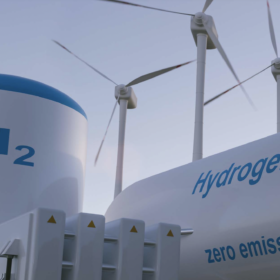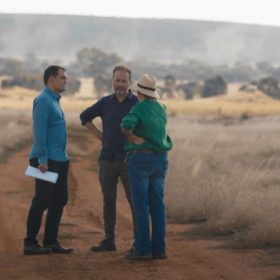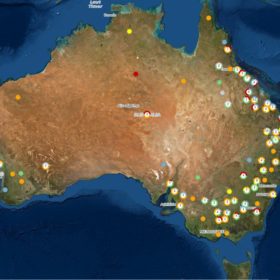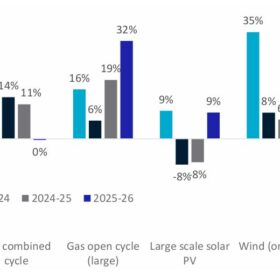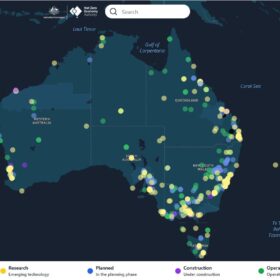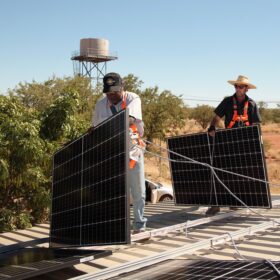Graziers in NSW agrisolar trial report improved wool quality
With over a dozen solar farms colocated with grazing sheep in Australia, results are looking positive. Graziers in New South Wales are reporting improved wool quality from the agrivoltaics trials, with some even saying they’ve had greater wool yields from running less sheep.
SA launches market sounding for major Whyalla project, plans hydrogen regulation framework
The newly elected South Australian premier Peter Malinauskas has today launched the market sounding for its hydrogen production facility near Whyalla, as well as the introduction of legislation to regulate hydrogen production, storage and transportation.
Green hydrogen megaproject in SA discontinued
Kallis Energy Investments has confirmed it will shelve its proposal to build a 6 GW renewable hydrogen project in Moolawatana, South Australia, due to water supply issues.
Melbourne-based 8 Star Energy set to shine in Europe
Melbourne-based 8 Star Energy has been announced as a distribution partner alongside Germany-based Memodo as world leading battery brand Energizer launches its Energizer Solar PV portfolio across Europe.
Trina Solar’s pathway to TOPCon
Trina Solar will eventually start selling TOPCon and heterojunction products, even though it built its first large-scale TOPCon project four years ago. The company says it is now making progress on TOPCon module production, despite supply chain issues.
Adani Green switches on 390 MW wind-solar hybrid power plant in India
Adani Green’s new 390 MW wind-solar project will supply electricity under a 25-year power purchase agreement with Solar Energy Corp. of India (SECI), at a tariff of INR 2.69 ($0.049)/kWh.
AGL abandons demerger plan in the face of investor opposition
Australian power producer AGL Energy has abandoned its plan to split the company into two, conceding defeat in the face of “opposition from a small number of investors” including major investor Mike Cannon-Brookes.
Developers launch crowd-funding campaign to finance NSW solar farm
Community solar developer Komo Energy is describing it as an “Australian first” after launching a crowd equity funding campaign to help finance the construction of the planned 1.7MW battery ready Grong Grong Solar Farm being developed in the Riverina region of New South Wales.
Australian solar projects catalogued by global mapping tool
United States-based data company Global Energy Monitor has launched a new open-source tool that lists Australia’s large-scale solar plants alongside those from another 147 countries.
Novel tech for extracting hydrogen gas from liquid carriers
North Carolina State University (NCSU) has developed an energy-efficient strategy for room-temperature hydrogen release from liquid hydrogen carriers, which uses less rhodium. Elsewhere in the world, Airbus launched its Zero Emission Development Centre in the UK, Toshiba ESS teamed up with Fusion Fuel to target Australian and European markets, and Corfo signed agreements to finance three renewable hydrogen projects with GNL Quintero, iCAP, and Air Liquide in Chile.


